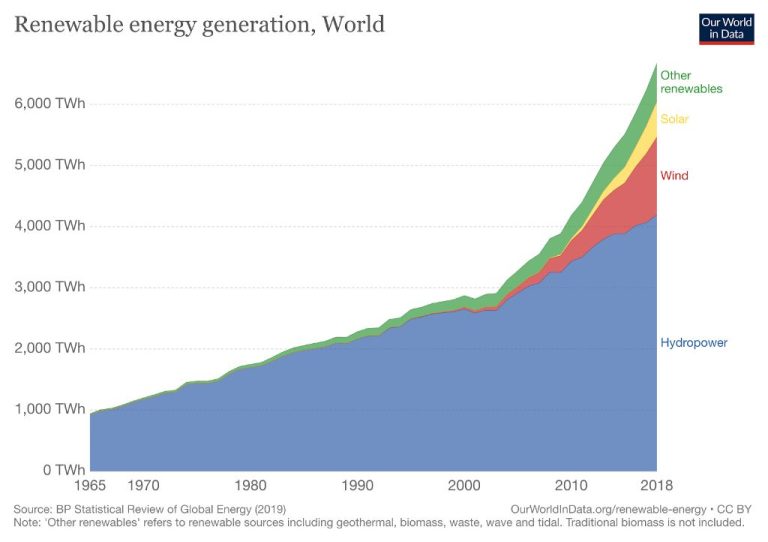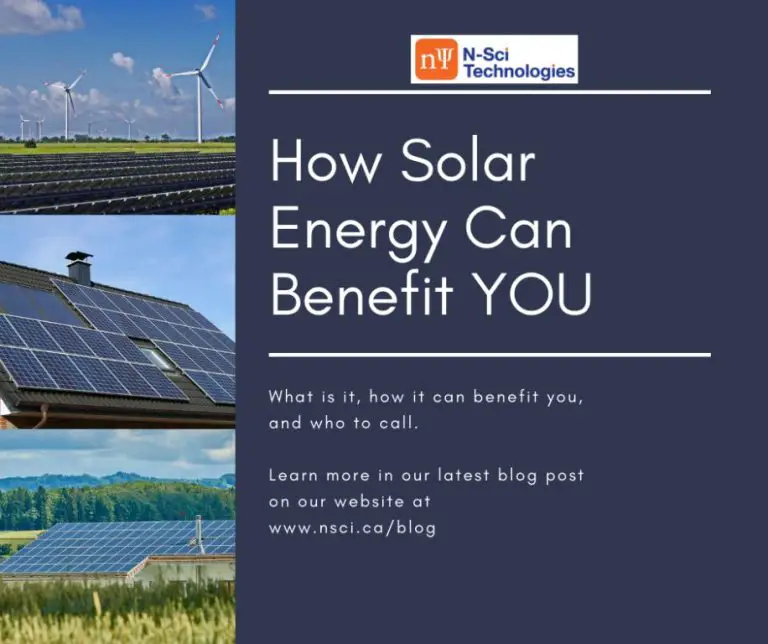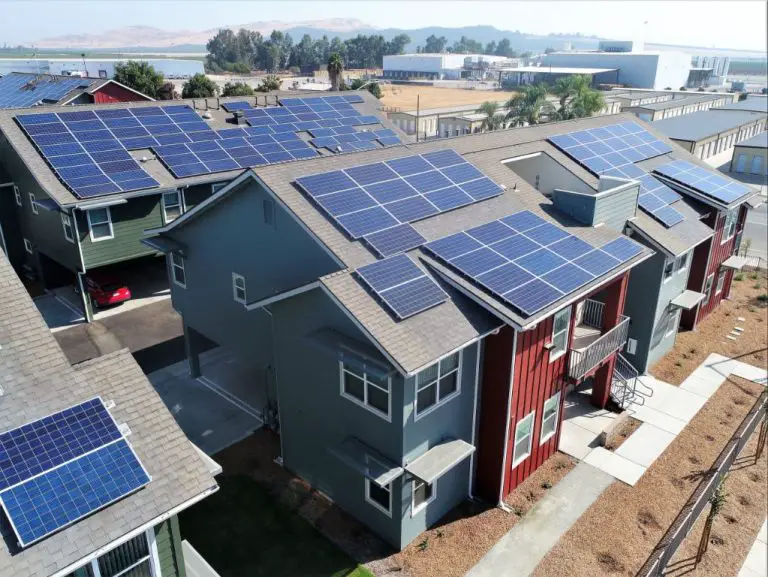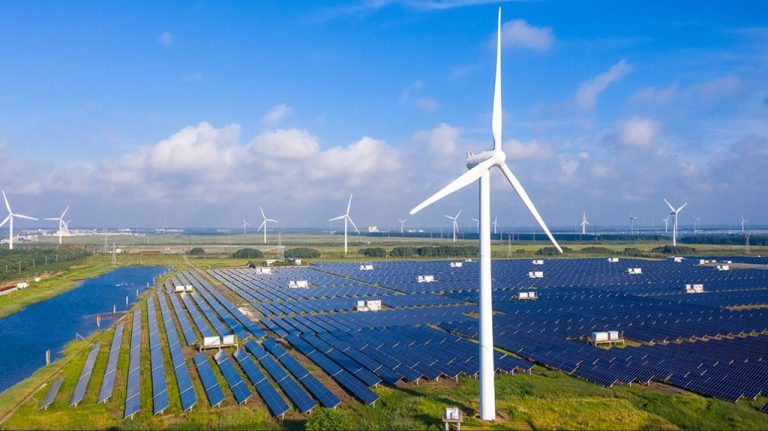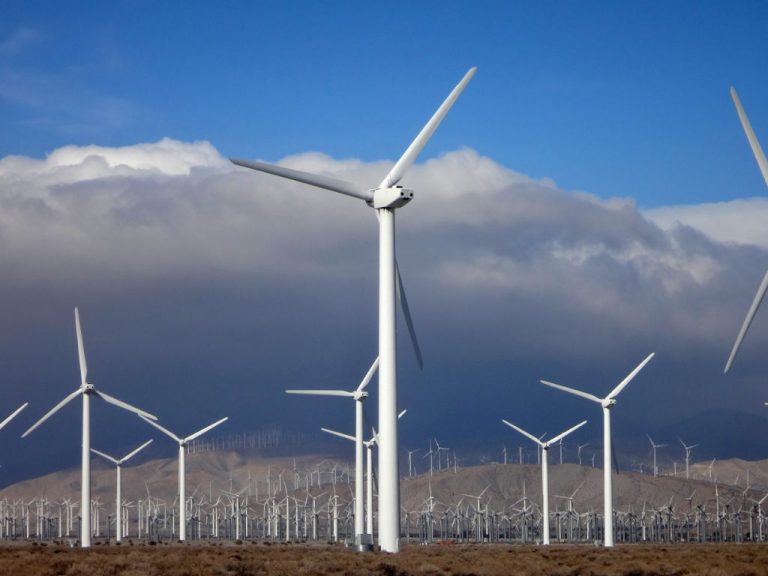What Are 3 Pros And 3 Cons Of Renewable Energy Resources?
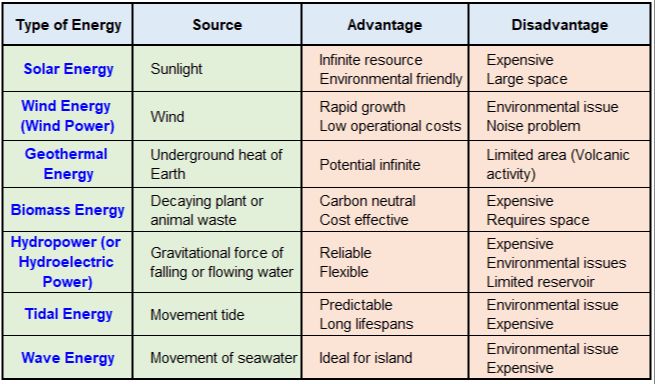
Renewable energy comes from naturally replenishing sources and includes solar, wind, geothermal, hydroelectric, and biomass energy. These energy sources are considered renewable because they are continuously replenished by nature. For example, sunlight can be captured and turned into electricity using solar panels, the wind can turn turbine blades to generate electricity, water flow can spin turbines at hydropower plants to produce electricity, heat from deep underground can be captured and converted to electricity with geothermal power plants, and crops and waste can be used to create biofuels.
Renewable energy provides an alternative to fossil fuels like coal, oil, and natural gas, which are finite resources that are detrimental to the environment when burned. In contrast, renewable energy sources are clean and sustainable over the long-term. Using more renewable energy can help reduce greenhouse gas emissions and mitigate climate change.
This article examines some of the key pros and cons of relying more on renewable energy versus continued use of fossil fuels for power generation.
Pro 1: Renewable energy is sustainable
Most forms of renewable energy rely on resources that are continually replenished through natural processes and will never run out. According to Impactful.ninja, renewable energy sources like solar, wind, geothermal and hydropower are considered sustainable because their fuel sources are essentially limitless. For example, the sun will continue shining, the wind will keep blowing, and the earth’s internal heat will remain for billions of years. This sets renewable energy apart from fossil fuels like oil, coal and natural gas, which take millions of years to form and are being depleted much faster than they are replenished.
The sustainability of renewable energy means it can be relied upon as an indefinite energy solution for the future. As Impactful.ninja explains, fossil fuel reserves are finite and flow-limited, while renewable resources can be harnessed indefinitely at a regular rate. By investing in renewable technology like solar panels or wind turbines today, we can ensure an ongoing supply of clean energy for generations to come.
Pro 2: Renewable energy is clean
Renewable energy sources produce little to no global warming emissions and air pollutants. Unlike fossil fuels, most renewables – including solar, wind, geothermal and hydropower – don’t emit greenhouse gases that contribute to climate change. This makes renewable energy an important tool to help combat global warming. According to the High Country Conservation Center, renewable energy sources like solar and wind avoid the harmful byproducts released through burning fossil fuels. By transitioning to renewable sources, we can significantly reduce emissions from the energy sector.
Pro 3: Renewable energy promotes energy independence
Reliance on renewable energy from domestic resources reduces dependence on foreign oil imports. For example, one study found that increasing renewable electricity to 35% of the US total could eliminate US imports of crude oil and petroleum products by 2050. Local and national production of renewable electricity from sources like solar, wind, hydropower, and geothermal energy provides greater energy security and insulation from global fossil fuel price fluctuations. Countries seeking to reduce reliance on imported oil often look to renewable sources as a key pathway to improving energy independence.
Con 1: High upfront costs
One significant disadvantage of renewable energy sources is the high upfront costs required for constructing renewable energy plants and infrastructure. According to EWG’s Green Energy Guide, building wind turbines, solar panels, geothermal plants, and other renewable facilities can involve massive capital investments upfront. The costs of permitting, land acquisition, equipment, labor, grid connections, and other expenses mean that renewable energy projects often require extensive initial financing. For example, constructing a utility-scale solar farm can cost over $1 million per megawatt of capacity. Compare this to natural gas power plants which can cost around $1 million for every 2-3 megawatts. The high upfront price tag makes renewable energy less accessible, especially for developing countries.
Con 2: Intermittent power supply
One significant disadvantage of renewable energy sources like solar and wind is their intermittent power supply. Solar energy relies on sunny weather and wind energy depends on windy conditions. The availability of these energy sources is inconsistent and can fluctuate based on seasonal and daily changes in the weather (Source). This intermittency makes it difficult to integrate large amounts of solar and wind energy into the electrical grid. Power output can suddenly drop when a cloud passes over a solar farm or the wind dies down at a wind turbine facility. This inconsistency requires backup power sources like natural gas or energy storage systems to avoid disruptions when renewable sources are unavailable.
The intermittent nature of renewables like solar and wind poses unique challenges for grid operators tasked with matching electricity supply with demand. Unlike traditional baseload power plants that provide consistent output, the variability of renewable resources requires sophisticated forecasting, load balancing, and real-time management of the grid. Without proper integration strategies, the intermittent power supply from renewables can lead to reliability and stability issues on the electrical grid (Source). Overall, while renewable energy offers many benefits, its intermittent availability is a key downside that requires thoughtful solutions.
Con 3: Potential environmental impact
While renewable energy is often praised for its low environmental impact compared to fossil fuels, some forms of renewable energy can still negatively affect wildlife and habitats. For example, hydroelectric dams flood areas upstream and disrupt fish migration routes. According to the Environmental Impact of Solar Energy, Pros and Cons article on Trvst, large solar installations can result in habitat loss when solar panels and associated infrastructure are built in previously undeveloped areas.
Biomass energy relies on organic material like plants, residues and waste to generate electricity. However, overharvesting biomass feedstocks can degrade ecosystems and reduce biodiversity. As noted in the The environmental impact of non-renewable energies article on Activesustainability, biomass energy production needs to be carefully managed to avoid unsustainable land use changes.
Overall, most renewables have a lower environmental impact than fossil fuels. But no energy source is completely free of negative effects, so balancing renewable energy expansion with conservation is important.
Conclusion
In summary, renewable energy sources such as wind, solar, hydroelectric, geothermal and biomass offer several pros including sustainability, emission-free energy production, and energy independence. However, they also come with cons like high upfront costs, intermittent power supply, and some potential environmental impacts.
Renewable energy sources are vital for transitioning to a cleaner and more sustainable future. While overcoming challenges like intermittency and high costs, they provide emission-free energy from replenishing resources like the sun, wind and water. With continued technological improvements and falling prices, renewable energy will play an increasingly greater role in displacing fossil fuels and enabling carbon-neutral economies around the world.
Further Reading
If you want to learn more about the pros and cons of renewable energy resources, here are some useful links and sources:
Renewable Energy – The U.S. Department of Energy provides a comprehensive overview of renewable energy and the country’s resources.
Renewable Energy Source – This ScienceDirect article discusses the different types of renewable energy sources in detail.
The National Renewable Energy Laboratory has a wealth of publications and data on renewable energy technology, projects and policies.
For a global perspective, the International Renewable Energy Agency’s reports and statistics analyze renewable energy adoption worldwide.
The Database of State Incentives for Renewables & Efficiency lists incentives and policies in the United States.
References
Here are the sources and citations used in this article:
- U.S. Energy Information Administration. “Renewable energy explained.”
- Denholm, Paul, Matthew O’Connell, Gregory Brinkman, and Jennie Jorgenson. “Overgeneration from Solar Energy in California: A Field Guide to the Duck Chart.” National Renewable Energy Lab NREL/TP-6A20-65023, 2015.
- Union of Concerned Scientists. “Environmental Impacts of Renewable Energy Technologies.”

